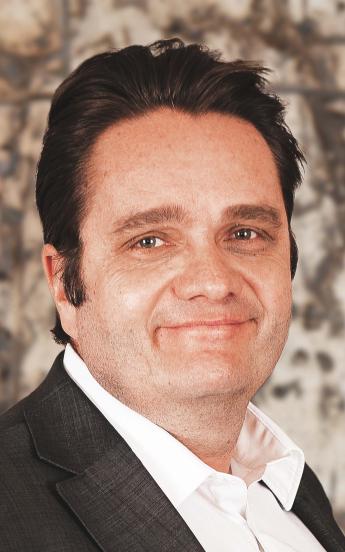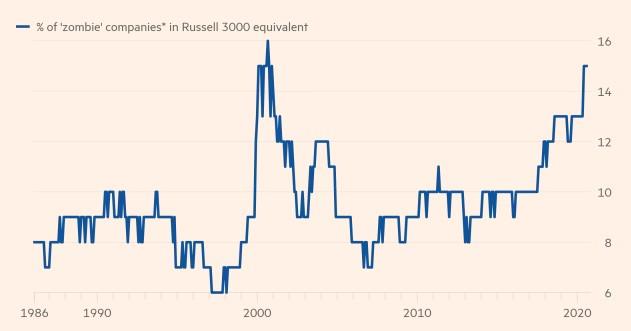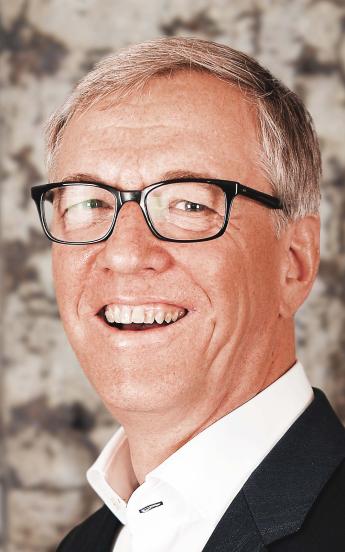Zombie-Bonds

Bruno Heusser
Financial Markets
For some months now, the familiar Fallen Angels (see our blog of Nov. 12) have been pushed out of the headlines in the capital markets by the more fearsome Zombies. Zombie companies are characterized by the fact that they cannot die.
For some months now, the familiar Fallen Angels (see our blog of Nov. 12) have been pushed out of the headlines in the capital markets by the more fearsome Zombies. Zombie companies are characterized by the fact that they cannot die.
An undead economy is characterized by the fact that hardly any profits are generated in the operating business and yet the refinancing of debts on the capital markets succeeds time and again. Recent studies by the BIS and OECD show that low interest rates in particular are fostering the growth of these undead. On average - across the U.S., Europe, Japan and Australia - the proportion of zombies has doubled since 1986 . The zombie bonds are among us.
The identification of zombie bonds is easy to follow. The definition is that if, over one or more periods, operating income is less than the cost of interest, then the bond is said to be a zombie bond.
Recently, Bloomberg analyzed the companies in the "Russell 3,000 Index" of the largest U.S. corporate bonds. Since the beginning of the year, the number of companies classified as zombies has increased from 335 to 527 companies, corresponding to outstanding debt of 378 billion and 1,360 billion, respectively. This means that the percentage of debtors with zombie characteristics will soon be 20%. This order of magnitude is also largely confirmed by other studies with slightly different criteria. The range extends from large, established "investment grade (AAA-BBB)" borrowers such as Boeing or General Electric, (zombies since 2016), to smaller companies in the "high yield" segment. A look at the affected companies shows that neither the development of the share price nor the credit rating are useful indicators for identifying zombies.
The following chart shows the rise of zombies (i.e. companies whose earnings are lower than debt interest, for at least 3 years).
Quelle: Bloomberg / Leuthold Group
This development is driven by artificially low interest rates, which also allow companies without a sustainable business model to borrow unlimited amounts of free money. Any concerns of private investors are dispelled by the central banks, which act as "lender of last resort" or "whatever it takes forever" and guarantee demand with huge bond-buying programs. (Capital) Weak banks have no incentive not to roll over the debt of their bankrupt customers. The creation of zombies is thus preprogrammed. The Corona pandemic is proving to be a catalyst for this development. Companies and sovereigns have taken on over 1,500 billion in new debt in euros to date; never before have so many bonds been issued in one year. Companies seize the opportunity and optimize their balance sheets. Debt is increased and the money generated from this is used to buy back shares. The average credit quality of the bond markets is falling; AAA and AA rated bonds have to be searched for with a magnifying glass. The market share of BBB3 bonds is thus only a razor-thin margin above the non-investment grade barrier and is growing steadily.
Männiglich assumes that the situation will ease as soon as the Corona vaccine is available and the economy picks up again. However, one should keep in mind that the share of zombie companies was already close to 10% before the pandemic and this in a world of virtually zero interest rates. In the 1990s, 5-year USD interest rates were 6%, in 2008 they were 3.5%, and today they are 0.3%. In this respect, the chart obscures the seriousness of the situation.
The question arises as to what motivates an investor to invest in zombies in the first place. Empirical evidence supports the thesis that zombie firms generally continue to generate lower profits and are more likely to go bankrupt than profitable firms. The desperate search for higher-yielding bonds means that bond credit spreads (i.e., the bankruptcy-risk-related extra yield relative to government bonds) do not adequately reflect the risks. A (rapid) normalization of monetary and fiscal policy with rising interest rates would threaten the existence of the company.
The common investment approach of the Swiss pension fund world: "Investment grade bonds are almost risk-free, high yield is too risky and trap angels must be sold (and this as close as possible to the time of the rating change, which tends to maximize losses)" is not optimal in our assessment. A blind index orientation tends to overweight the riskier investment grade BBB zombies in order to outperform the benchmark return.
Our stance towards zombies
Boeing, as a system relevant debtor, was able to raise 25 billion in the market this year, although the company will maintain zombie status for the foreseeable future. Investors have been conditioned by politicians to believe that an icon like Boeing is "too big and important to fail," especially in the context of national security. The same is true of the global airline industry, all zombies. The large, national airlines are being kept alive on the backs of taxpayers and will benefit disproportionately from the foreseeable end of the pandemic.
Non-systemically relevant BBB borrowers, which even before Corona were not credibly armed against interest rate hike risks, will have a harder time. Zombies are spread between high yield (BB-CCC) and investment grade (AAA-BBB) bonds. Swiss Rock implements a "best in class" approach, which avoids zombies in both rating groups, does not exclude trap angels a priori and makes a conscious selection based on a systematic credit analysis. In the best interest of our investors, we consciously refrain from increasing returns through index-oriented forced investments in bad debtors.
In any case, the pre-corona demarcation between high yield and investment grade is more questionable than ever. Prudent, active portfolio management is called for. This does not focus on the riskiest credit risk borrowers, but ensures systematic, excellently diversified bond investments in the best interest of investors.



